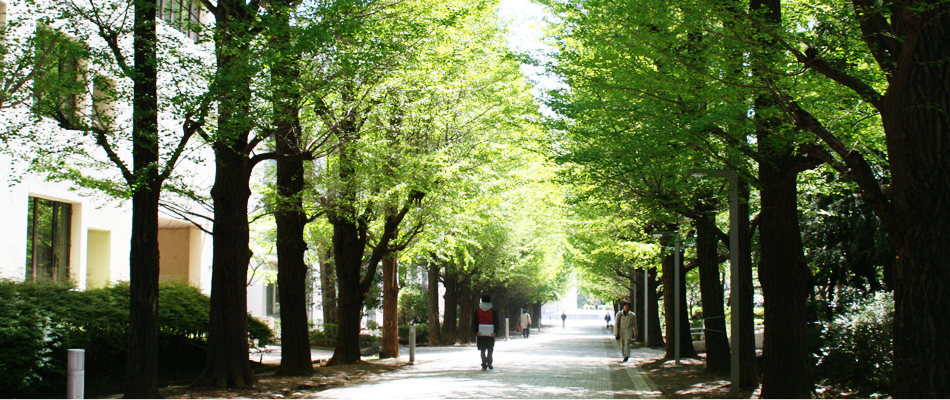

Our Courses
Materials Systems and Dynamics IV
Profs Shuichi Hiraoka and Makoto Onaka
Chemical Reactions and Molecular Interactions in
Water; The Concept of Green Chemistry and its Application to Modern Organic
Synthesis
Water is the most abundant liquid on
Earth. It is the universal solvent in which
the chemistry of the life processes has developed over billions of years. It
is obvious that water is the most inexpensive and environmentally benign
solvent. The use of water as a medium for organic reactions is therefore
one of the latest challenges for modern organic chemists. Water is often
considered anomalous because it behaves somewhat different from other liquids.
This course provides overview of the structure and properties of liquid water
and molecular interactions and reactions in an aqueous medium.
The concept of "Green chemistry" emerged in the early 1990s, the definition of which is that Green chemistry efficiently utilizes renewable raw materials, eliminates waste, and avoids the use of toxic and/or hazardous reagents and solvents in the manufacture and application of chemical products. The second part of this course shows how organic reactions/chemical processes are evaluated from the viewpoint of Green chemistry and how the reactions/chemical processes can be innovated in Green chemical ways.
・Water: structures and properties
・Hydrogen bonding
・Molecular interactions arising from hydrogen bondings
・Water as solvent for polar and ionic molecules
・Water as solvent for less polar molecules: hydrophobic effect
・Dispersion force and stacking interactions in water
・E-factors and atom efficiency
・The role of catalysis; A Change from stoichiometric to catalytic
reactions
・The development of organic synthesis
・Alternative reaction media
・Bio-catalysis
・Renewable raw materials